Nature reports
Publisher: NIOZ Royal Netherlands Institute for Sea Research
Page 7 of 7 - 66 Results
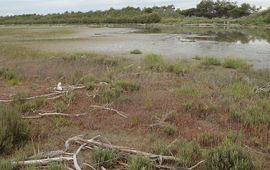
Salt marshes along the Mediterranean coast are important habitat for fish and birds and these ecosystems store CO2 and help protect coasts against increasingly stronger waves and sea level rise. However, the dominant robust..
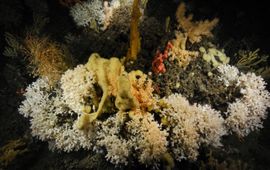
Deep-sea coral reefs grow in the oceans at great depths in the dark. They can be found around the peaks of limestone mounds rising from the seafloor up to hundreds of meters. The corals produce these limestone mounds themselves:..
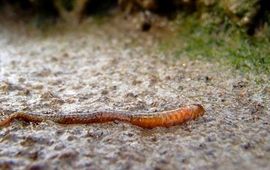
Ragworms that live in the seabed of tidal flats and marshes are opportunistic feeders and known to eat practically anything. Nevertheless, it was a big surprise to researchers when they discovered that the worms also have a much..
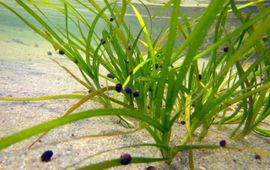
Dutch biologists have discovered that seagrass seed is killed by waterborne fungi that are related to the well-known potato blight. These fungi, which have not previously been found in seawater, hinder seed germination and thus..
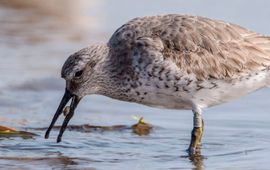
Red knots migrate between their summer breeding grounds in the high Arctic and their wintering grounds in the West African tropics. Chicks currently born in the Arctic attain smaller sizes before migration starts because they miss..
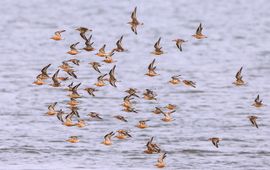
It seems so logical: animals come together where food is abundant. Yet, it is not so simple, say scientists from the NIOZ Royal Netherlands Institute for Sea Research. New transmitters to track bird movements showed that red knots..
